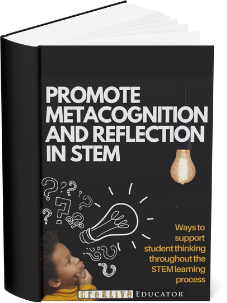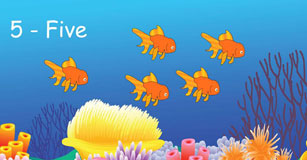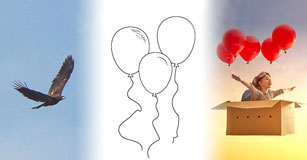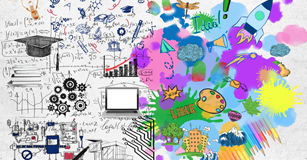Animation Skill Requirements
Student dispositions necessary for successful animation production

Editor's Note: The title above is a boring description of a really fun article written by Annabelle Bruno, a student from High Tech High Media Arts in San Diego interning with Tech4Learning. While Annabelle worked on several different projects, she decided to focus on using animation to tell a story with Frames and provide us with some ideas and guiding principles on what it takes to design and produce an animated short. Here are just a few of her thoughts...
Hello, and welcome to Annabelle's brain. I'm your host (not Annabelle) and today we are going to be talking about requirements you need to make an animation. Now for starters I'm not talking about softwares you need or anything of that sort. What I am talking about is more of the mental attributes you need equipped and ready in your arsenal.
Patience
In slot number one would definitely be patience, if that isn't already in your tool box before you click on your animation software, then you might as well quit before you get too invested. When you are doing an animation, a lot of times it's just you moving very tiny pieces one at a time so that as your frames go by it looks like a consistent motion of some sort.
Now when I first started making my animation I knew that it would take a lot of tiny pieces to make one cohesive product, but I didn't realize just how many. To put it in perspective for you, when I first opened frames I had this elaborate idea of recreating a dungeon and dragons campaign I had with a couple of friends of mine. Now the actual campaign itself was very short, maybe 15 minutes max because it was our first time playing, and I thought it would be really cool to recreate that. However, my current progress with this animation is that I am 247 frames in with background audios and everything, and… I haven't even gotten to the part where we explain how to play. Funny right? I know.
Attentiveness
Now the next item in your tool box needs to be your attentiveness. If this is not your second tool then it better be your first, because you won't have an animation, or at least a good one, without it.
I can not describe to you how many times I had to delete multiple frames at a time because of minor details I forgot to replicate or take out or because I slightly moved a piece and it made a noticeable unnecessary difference. It takes a lot of attention to detail.
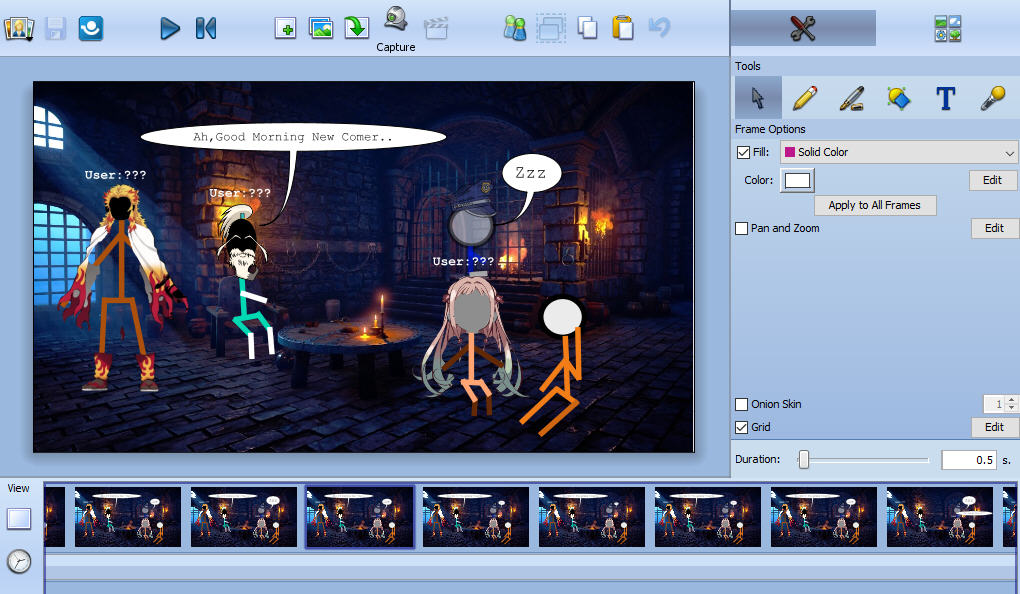
A great example of this is how I made a security guard snore like a cartoon character. So, as my main character was hazily about to wake up I had my security guard's "Zzz" bubble move back and forth in a pattern of 4 every 0.5 seconds. Very specific, I know, which was why it was so challenging, because now instead of just setting the duration of a "talking" frame to however long it takes me to read it, I now have to split up the talking frame into increments of 0.5 seconds, changing the "Zzz" bubble in the exact same order as I had it before.
Voice
Now I slightly mentioned this in my last statement, but another good skill to have is switching what head voice you use. Now this skill only applies to people making animations where they want their character to say something in a speech bubble, so you can just skip this section or tune in for future reference. Now something I had to learn was how to combine my reading voice and my theatrical voice, because although I had a certain way I wanted the characters to say certain things.
I also had to remember that people watching my animation are going to be reading the speech bubbles for the first time, so they won't be reading it as fast as the voice in my head because I already have the lines memorized, because I wrote them myself. So, a good thing to counter that is to read each word, (out loud or in your head) as if you were trying to record an audiobook, so when you time yourself reading, (so you can record your audio or set up the duration for your frame, or whatever you are trying to do) your frame doesn't switch to fast or stay on the same frame for too long.
Creating animation is a lot of work, but fun!
Now I might be making it sound like it's very tiresome making an animation, but I really had a lot of fun on this project. If you like tasks where you get to take your time with your details, where you can literally start and end a story anyway you want anywhere you want , or even if you just wanna try something new then I'd say go for it, try making an animation or even a small gif.
Other than the fact that I have the attention span of a goldfish, I am a very detail oriented person, so I really enjoyed the fact that not only did I get to be very meticulous and exact about my details, but I was also making an animation of me and my friends. It was a great way for me to try out some new tools and ideas while showcasing some of my own.


